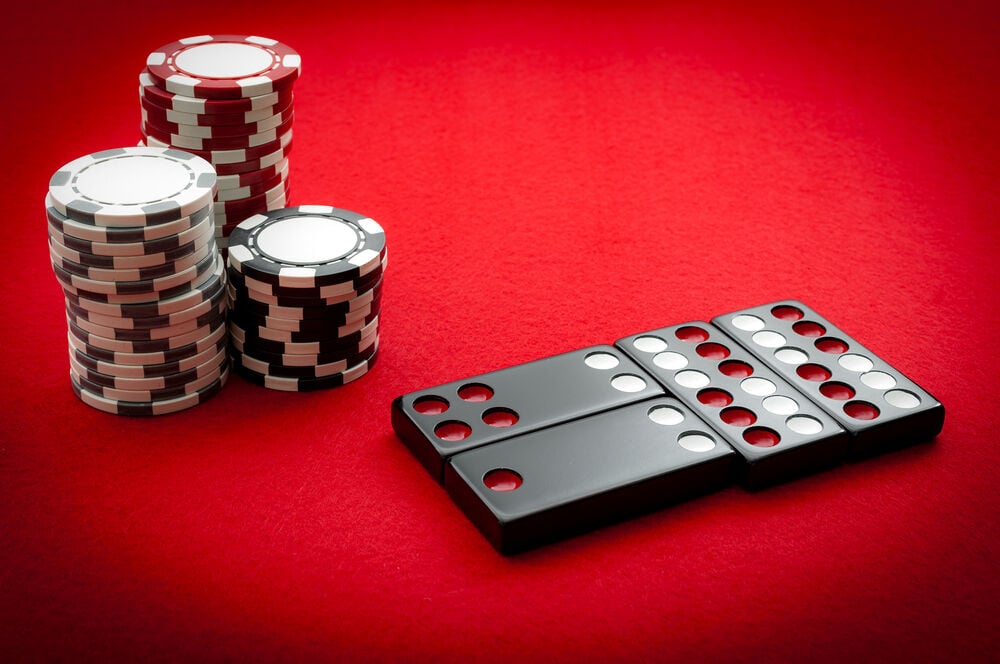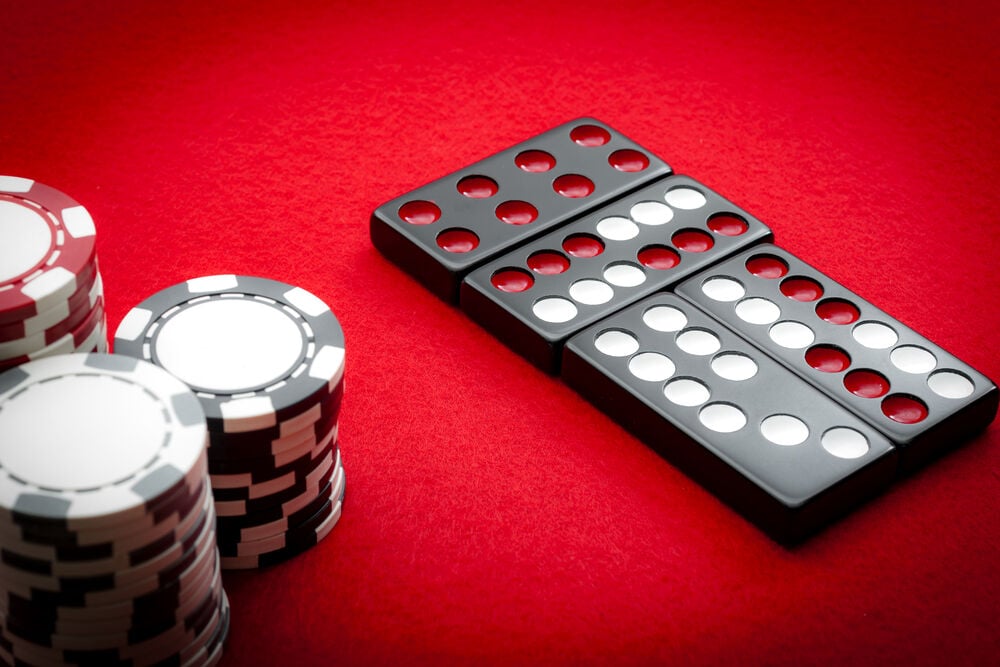Common Mistakes in Pai Gow Poker: What to Avoid for Better Play
Summarize this post
Pai Gow Mistakes: What You’ll Learn
- Identification of Common Mistakes: Understand the most frequent errors players make in Pai Gow Poker, including improper hand-setting, misunderstanding bet strategies, and neglecting bankroll management.
- Hand-Setting Strategies: Learn the importance of proper hand arrangement, including how to ensure your five-card hand outranks your two-card hand to avoid fouling.
- Effective Bankroll Management: Discover essential bankroll management techniques that can help mitigate losses and enhance your overall Pai Gow Poker experience.
- Optimal Play Strategies for Two Pairs and Strong Hands: Gain insights into when to split two pairs for maximum advantage and recognize the importance of maintaining strong hands instead of breaking them up unnecessarily.
- Practical Tips for Improvement: Explore actionable tips and strategies to elevate your Pai Gow Poker skills, enabling you to enjoy the game more while reducing the likelihood of costly mistakes.
The cards are dealt, seven to each player, and around the table you can sense the familiar tension that comes with Pai Gow Poker. But as I watch players struggle with their hand arrangements, I see the same costly errors repeated over and over again:
- A player breaks up a full house unnecessarily;
- Another sets their hands backward, creating an automatic loss;
- Someone else chases side bets without understanding the mathematics behind them;
These mistakes aren’t just innocent learning experiences – they’re expensive lessons that can turn what should be one of the most player-friendly games in the casino into a guaranteed money drain.
After more than three decades of studying Pai Gow and its poker variants, I’ve cataloged the most common errors that separate successful players from those who consistently struggle.

Image Credit: Victor Moussa/Shutterstock
The Beauty of Pai Gow Poker
The beauty of Pai Gow Poker lies in its mathematical structure. With optimal play, the house edge can be as low as 2.5%, and the high frequency of pushes means your bankroll lasts longer than at most casino games. But these advantages disappear quickly when you make fundamental strategic errors or fall into psychological traps that cloud your judgment.
Understanding these mistakes isn’t just about avoiding losses – it’s about transforming your approach to the game. When you eliminate the most costly errors from your play, you’ll discover that Pai Gow Poker becomes not just more profitable, but genuinely more enjoyable as you gain confidence in your decision-making abilities.
Common Errors in Pai Gow Poker: Key Mistakes to Avoid
Today’s Pai Gow Poker players face challenges their predecessors never encountered. Side bets, progressive jackpots, and banking options have added layers of complexity that create new opportunities for costly errors. Below are some of the most persistent mistakes that can hinder your success:
Critical Hand-Setting Errors
The Fouled Hand Disaster
The most expensive mistake in Pai Gow Poker is setting your hands incorrectly so that your two-card hand outranks your five-card hand, creating what’s called a “fouled hand.” This error results in an automatic loss, regardless of how strong your individual hands might be compared to the dealer’s.
I witnessed a particularly costly example of this mistake during a tournament at the Borgata in Atlantic City several years ago. A player was dealt a pair of Aces, a pair of Kings, and three unrelated cards.
Excited by his hand’s strength, he placed the two Kings in his five-card “high” hand and the pair of Aces in his two-card “low” hand—incorrectly thinking that a pair of Aces could never lose.
This mistake occurs most frequently when players focus intensely on creating strong individual hands without considering the relationship between them. The solution is developing a systematic approach to hand evaluation that always verifies the five-card hand outranks the two-card hand before finalizing your decision.
Misunderstanding Two-Pair Strategy
The most complex and frequent strategic decision in Pai Gow Poker involves hands containing two pairs, where many players make costly errors. The optimal strategy for two-pair hands depends on the ranks of your pairs, the strength of your remaining cards, and sometimes the specific casino’s house rules.
Many players automatically split any two pairs, placing one pair in each hand. While this isn’t always terrible, it can often be suboptimal. Understanding when to keep both pairs together in the five-card hand provides better winning chances is key.

Image Credit: Victor Moussa/Shutterstock
Breaking Up Strong Hands
Another common error involves breaking up straights, flushes, or full houses when keeping them intact would improve overall winning chances. This often stems from overvaluing the two-card hand or misunderstanding the relative strengths of different poker hands.
Consider the hand: You are dealt A-K-Q-J-10-10-8. If you use the straight 10-J-Q-K-Ace as the “high” hand, it’s a very strong hand. But breaking it might lead to unnecessary risks.
These errors typically occur when players apply a one-size-fits-all approach instead of evaluating each situation individually.
Bankroll Management Blunders
Chasing Losses with Larger Bets
The high push rate in Pai Gow Poker creates a unique psychological trap for players who don’t understand the game’s mathematical structure. When encountering a series of pushes followed by losses, players often increase bets to “get even faster,” increasing their overall risk.
A proper bankroll management approach involves betting consistent amounts that represent a small percentage of your total session bankroll. While the high push rate allows your money to last longer, this requires careful consideration of your betting strategy.
Ignoring the Commission Impact
Most Pai Gow Poker games charge a 5% commission on winning bets, which impacts both bankroll requirements and optimal betting strategies. Many players fail to account for this commission when calculating win goals or loss limits.
Learning from Mistakes: The Path to Improvement
Developing Systematic Analysis Skills
The key to avoiding common mistakes lies in developing systematic approaches to hand evaluation and decision-making. This means creating mental checklists that ensure you consider all relevant factors before finalizing your hand arrangements.

Image Credit: Victor Moussa/Shutterstock
Conclusion: Your Path to Mastery
The transition from mistake-prone play to consistent strategic execution requires patience, discipline, and systematic improvement. Focus on eliminating one category of mistakes at a time, whether hand-setting fundamentals or effective bankroll management.
Remember, even small improvements in your error rate can significantly impact long-term results. By understanding the fundamental principles of Pai Gow Poker and committing to improvement, you can transform costly mistakes into strategic advantages.
What’s your story going to be? Tell us below and become your own Gambling Legend!
Title Image Credit: Victor Moussa/Shutterstock
FAQ: Common Mistakes in Pai Gow Poker
Common mistakes include setting hands incorrectly, misunderstanding the two-pair strategy, chasing losses, and ignoring the impact of commissions on bets.
Focus on ensuring your five-card hand outranks your two-card hand, and consider all relevant factors before finalizing your hand arrangements.
Effective bankroll management helps prevent significant losses, allowing you to play longer and make better decisions without emotional pressure.
Optimal strategies for two-pair hands depend on the ranks of your pairs and the strength of your remaining cards. Evaluating these factors accurately can help you decide whether to split or keep both pairs together.
Utilize free-play options online, maintain records of challenging hands, and analyze your strategies to internalize decision-making patterns.


